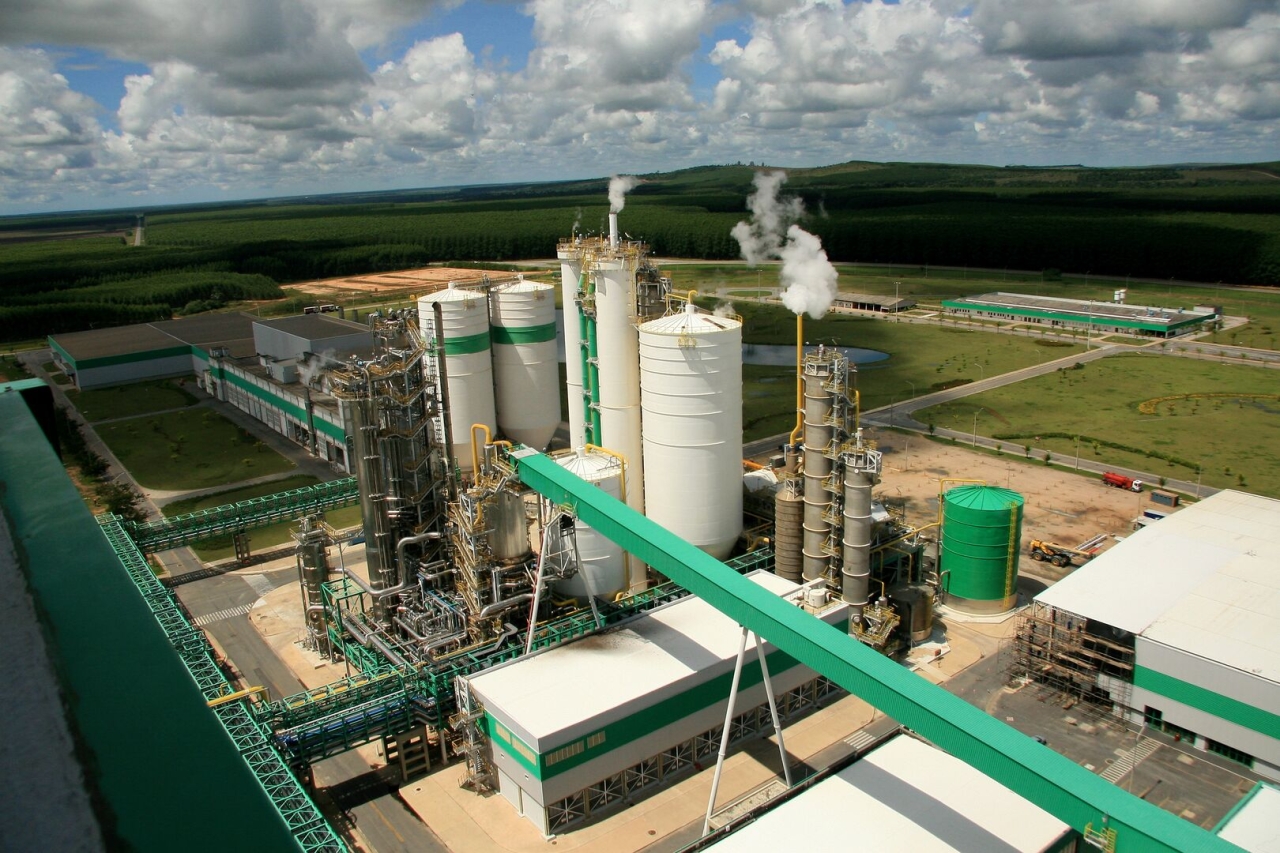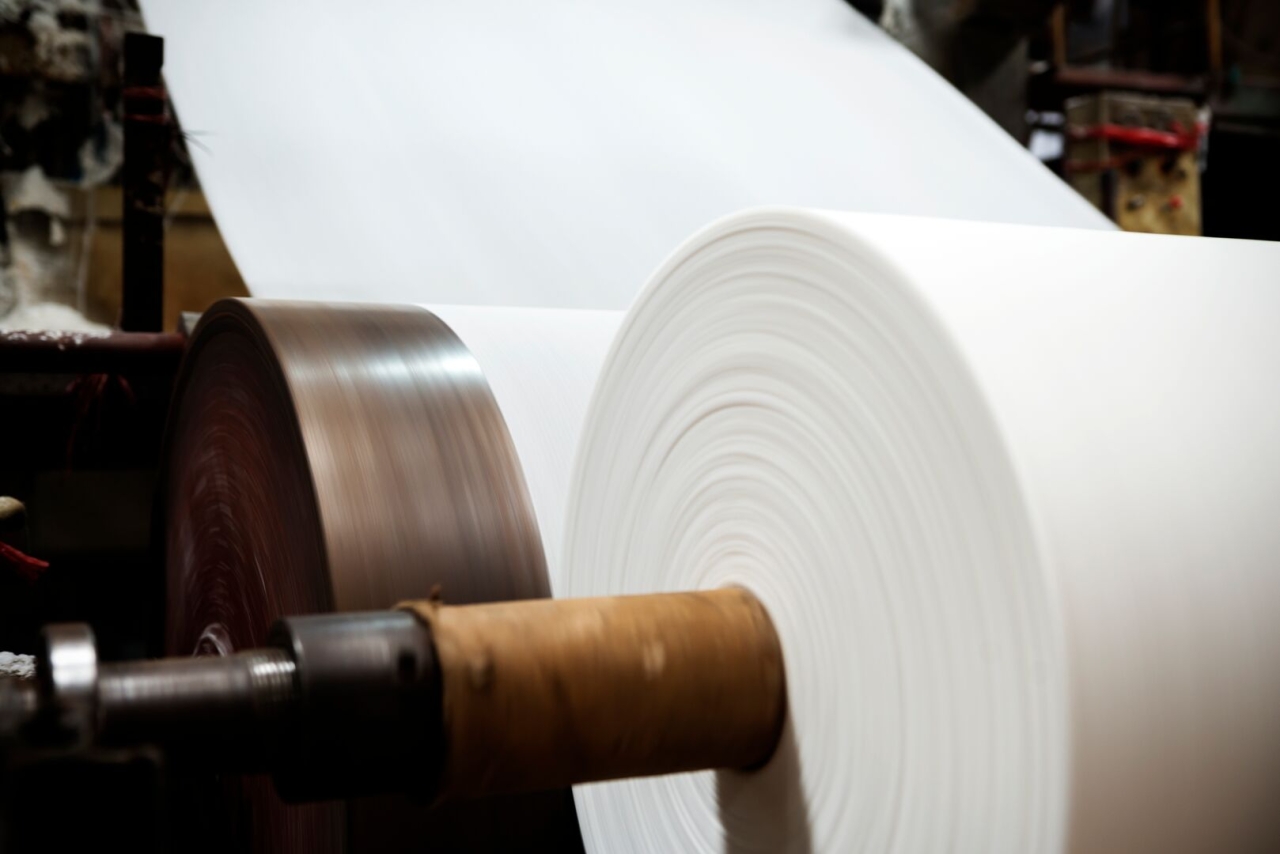Cogeneration Turbines Help Fire Up Sustainable Paper Production
People love paper, but it takes a lot of energy to make. Lucart, an early adopter of efficient cogeneration power, recently upgraded their output.
Published 05-11-22
Submitted by Baker Hughes
Leading Italian paper manufacturer Lucart has ambitious sustainability goals, demonstrated by its award-winning Natural Project. The ambitious collaboration with Tetra Pak recovers the materials in the ubiquitous food and drink cartons for valuable reuse.
It’s no surprise that Lucart is also a pioneer of energy efficiency in the pulp and paper industry. In the late 1980s, the company turned to cogeneration – the use of CHP (combined heat and power system) – to improve energy efficiency at its paper plants, which are all located in beautiful Tuscany.
Self-produced electricity is high on the list of Lucart Group’s sustainability measures. “We invested a lot in those first cogeneration plants in the late ’80s and early ’90s,” says Tommaso De Luca, Corporate Communication Manager for Lucart. “Producing paper requires a lot of electricity, and also needs steam and heat, which means It is a big challenge for us to reach our commitment to net zero by 2050.”

The challenge of incorporating renewables and recycled raw materials
Renewable energy is also on the agenda for Lucart, which deploys solar systems in its operations where it is feasible to do so. “But, as you know, our sector works 24 hours a day, so we need reliable and stable energy production day and night, and photovoltaic energy cannot provide that,” says De Luca. “We are studying how we can integrate more renewable energy into our operations, and we are working on efficiency, reducing CO2 emissions, and also increasing our capacity to generate electricity.”
To produce its tissue, air-laid, and machine-glazed papers, Lucart is incorporating more recycled materials than ever. It’s central to the circular economy, but it’s also more energy intensive. “In 2021, 54% of our raw materials came from recycled paper,” says De Luca. “If we look at only what happens inside our gates, yes, recycled paper needs more energy, but when you assess the entire lifecycle of a paper product, recycled paper has a lower impact than the production of virgin pulp. So, we need to increase our use of recycled paper, and at the same time decarbonize and reduce our energy needs. It is another very big challenge.”

How CHP gas turbines work to power energy-hungry paper production
Improving the energy efficiency and reducing the carbon footprint of its existing cogeneration systems is critical to Lucart’s sustainability mission. The paper giant selected Baker Hughes to upgrade its original CHP systems. The two companies started their collaboration in 1988.
NovaLT™12 gas turbines are at the heart of the new combined heat and power system. The methane-gas powered turbine produces up to 12.5 MW of electricity and up to 48Lb/hr of saturated steam in the Heat Recovery Steam Generator (HRSG), without the need for post-firing.
The first unit commenced operations at Lucart’s Diecimo paper mill in December 2019, and the second started up at the Porcari paper mill in late 2021. “Diecimo is our largest factory, and Pocari is our oldest,” says De Luca.
The NovaLT™ gas turbines provide secure electrical and thermal energy for two of Lucart’s paper mills. The upgraded CHP technology significantly reduces both the energy costs and the carbon footprint of plant operations.
Compared to the original system, the upgraded cogeneration plant reduces CO2 by 11% and NOx by 40%. This eliminates approximately 2,500 tons of CO2 every year, equivalent to taking more than 500 cars off the road.
Compared to a conventional solution, where electricity is taken from the grid and steam is produced by a gas boiler, the efficiency of the CHP steam turbine is even greater. The NovaLT™12 CHP system would have reduced each plant’s energy costs by more than USD3 million per year and eliminated approximately 7,000 tons of CO2 per year, compared with a non-CHP system.
For now, the CHP generator produces power, heat and steam fueled by methane gas, but the fuels of the future may well change, and these NovaLT™ turbines are ready and waiting.
“This generation of turbines are designed to be fueled by both hydrogen and biogas,” says De Luca. “Moving to those kinds of fuel could be interesting for both Italy, and for us at Lucart, but first we need the gas network system to move to allow us to receive hydrogen and biogas.” Read more here about hydrogen-ready gas turbines in Italy.

Searching for further decarbonization innovation
“There’s not just one solution for decarbonizing,” says De Luca. “To be successful, we need a basket of different solutions. Perhaps a turbine powered by hydrogen and biogas, plus solar energy. In the case of paper mills, using recycled paper as raw materials means we have a large amount of biomass waste, and this has potential.”
There are regulation issues to overcome, but biomass waste could be a feedstock for the paper sector. “We need to find all those different solutions to reach our decarbonization target, and to be energy efficient. Considering all the geopolitical issues we are facing, especially in Europe we are speaking a lot about the price of energy, so we also need to reduce our energy costs.”
As De Luca says, for Lucart, sustainability is more than environmental goals. “We are also focused on social and governance – the ESG approach,” he says. “The paper sector is a leader in this. We have solved the problem about the fibers: our raw materials in Italy, and other European countries, are all certified by the Forest Stewardship Council (FSC) or by the Program for the Endorsement of Forest Certification (PEFC). We are investing a lot in the circular economy.”
Paper is becoming even more popular as people try to avoid single-use plastics to do their part for the environment. De Luca is measured in his enthusiasm. “We say, ‘all money has two faces’,” he says. “On the one side, yes, we are happy that paper is so important and that more single-use items for food will be made with paper. But we need to understand how these items will be produced, too. As with the Tetra Pak cartons, boxes for food are complex, they are made with more than one material, so we need to understand if we will be able to recycle all these kinds of single-use paper items that will be on the market very soon.”
Lucart’s Natural Project with Tetra Pak led to the invention of a new process to separate the components of the packs and produce two brand new materials, one for paper products and the other for paper-product dispensers. It has ensured that these convenient cartons belong in the circular economy now, and in the future.
As Lucart’s CHP upgraded cogeneration power system boosts the company’s energy efficiency today, the energy opportunities of the future are already in view. The turbines are ready to go round with the fuels of tomorrow, too.

Baker Hughes
Baker Hughes
Baker Hughes (NYSE: BKR) is an energy technology company that provides solutions to energy and industrial customers worldwide. Built on a century of experience and with operations in over 120 countries, our innovative technologies and services are taking energy forward - making it safer, cleaner and more efficient for people and the planet. Visit us at www.bakerhughes.com.
More from Baker Hughes

